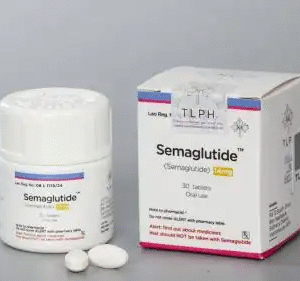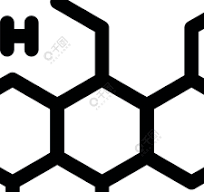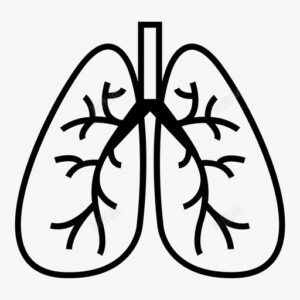Meloxicam Tablets.
Effects and efficacy:
It is suitable for the symptomatic treatment of pain, swelling and soft tissue inflammation, traumatic pain, and postoperative pain in rheumatoid arthritis and osteoarthritis.
Usage and dosage:
When osteoarthritis symptoms worsen: 1 tablet once a day. If the symptoms do not improve, the dose can be increased to 2 tablets once a day if necessary; each tablet is 7.5 mg. Rheumatoid arthritis, ankylosing spondylitis: 2 tablets once a day. Depending on the response after treatment, the dose can be reduced to 1 tablet once a day; each tablet is 7.5 mg. The daily dose should not exceed 15 mg/day. The total daily dose should be taken at one time, with water or other fluids and food. Using the lowest effective dose for the shortest time to control symptoms may minimize adverse effects. Patients’ symptom relief and treatment response should be re-evaluated regularly, especially those with osteoarthritis. Special populations: Elderly patients and patients at increased risk of adverse reactions: For elderly patients, the recommended dose for long-term treatment of rheumatoid arthritis and ankylosing spondylitis is 7.5 mg/day. The starting dose for patients at increased risk of adverse reactions is 7.5 mg/day. Patients with renal impairment: For patients with severe renal failure requiring dialysis, the dose should not exceed 7.5 mg/day. No dose reduction is required for patients with mild to moderate renal impairment (i.e., patients with creatinine clearance greater than 25 ml/minute). Contraindicated for patients with severe renal failure not requiring dialysis. Patients with hepatic impairment: No dose reduction is required for patients with mild to moderate hepatic impairment. For patients with severe hepatic impairment, see Contraindications. Children and adolescents: This product should not be used in children and adolescents under 16 years of age. Meloxicam is available in other dosage forms that may be suitable.
Adverse reactions:
The following adverse reactions may be associated with the administration of this product. The following conventions are used to indicate the probability of adverse reactions: very common (≥10%), common (1% -10%, including 1%), uncommon (0.1%-1%, including 0.1%), rare (0.01%-0.1%, including 0.01%), very rare (<0.01%). Adverse reactions include gastrointestinal reactions (common indigestion, nausea, abdominal pain or diarrhea; rare ulcers, bleeding or perforation); anemia, leukopenia or thrombocytopenia, itching, rash; stomatitis; mild dizziness, headache; edema, increased blood pressure, etc. Common liver enzyme elevation (10%), occasional renal damage (0.4%).
Drug contraindications:
Contraindicated in case of liver and kidney dysfunction Contraindicated during pregnancy Contraindicated during lactation
Share:
Products
Our offers
Health Classification
Let us work together to protect precious health
































